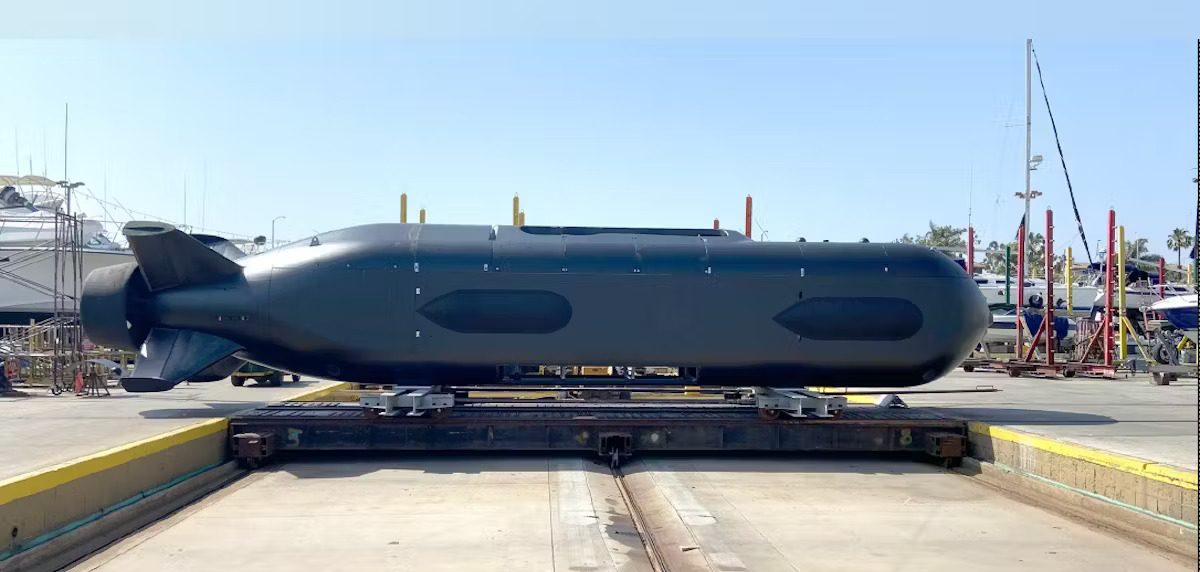In a major leap toward autonomous naval warfare, the Indian Navy is poised to induct its first high-endurance Extra-Large Unmanned Underwater Vehicle (XLUUV), named JALKAPI-XLUUV, within the next one to two years. This advanced platform marks a significant milestone in India’s underwater defense capabilities and is being developed under the Ministry of Defence’s iDEX Aatmanirbhar Bharat initiative.
The JALKAPI-XLUUV is the most complex unmanned underwater system ever built for the Indian Navy. Designed for long-duration operations, the platform boasts an underwater endurance of 30 to 45 days without surface support. With a displacement of 20 tonnes and a length of 11 meters, it matches the scale and ambition of global counterparts such as Boeing’s Orca XLUUV. It is engineered to operate at depths of up to 300 meters.
This indigenously developed underwater drone is capable of executing a broad range of missions including intelligence gathering, surveillance, reconnaissance (ISR), anti-submarine warfare (ASW), subsea mapping, mine countermeasures, and emergency maritime responses.
Technologically, JALKAPI features cutting-edge autonomous operational systems that allow seamless transitions between submerged and surface navigation. It includes modular payload bays that can house advanced sonar systems, electronic surveillance gear, and a range of sensors, making it highly adaptable to future mission requirements. It also comes with autonomous docking, battery management, and failsafe emergency protocols, enabling independent operation from harbours or deployed vessels.
The project is being spearheaded with design inputs from the Indian Navy’s Directorate of Naval Design – Submarine Design Group (DND-SDG). The XLUUV is expected to significantly strengthen India’s maritime situational awareness and provide a tactical edge in the increasingly contested undersea domain of the Indo-Pacific region.













